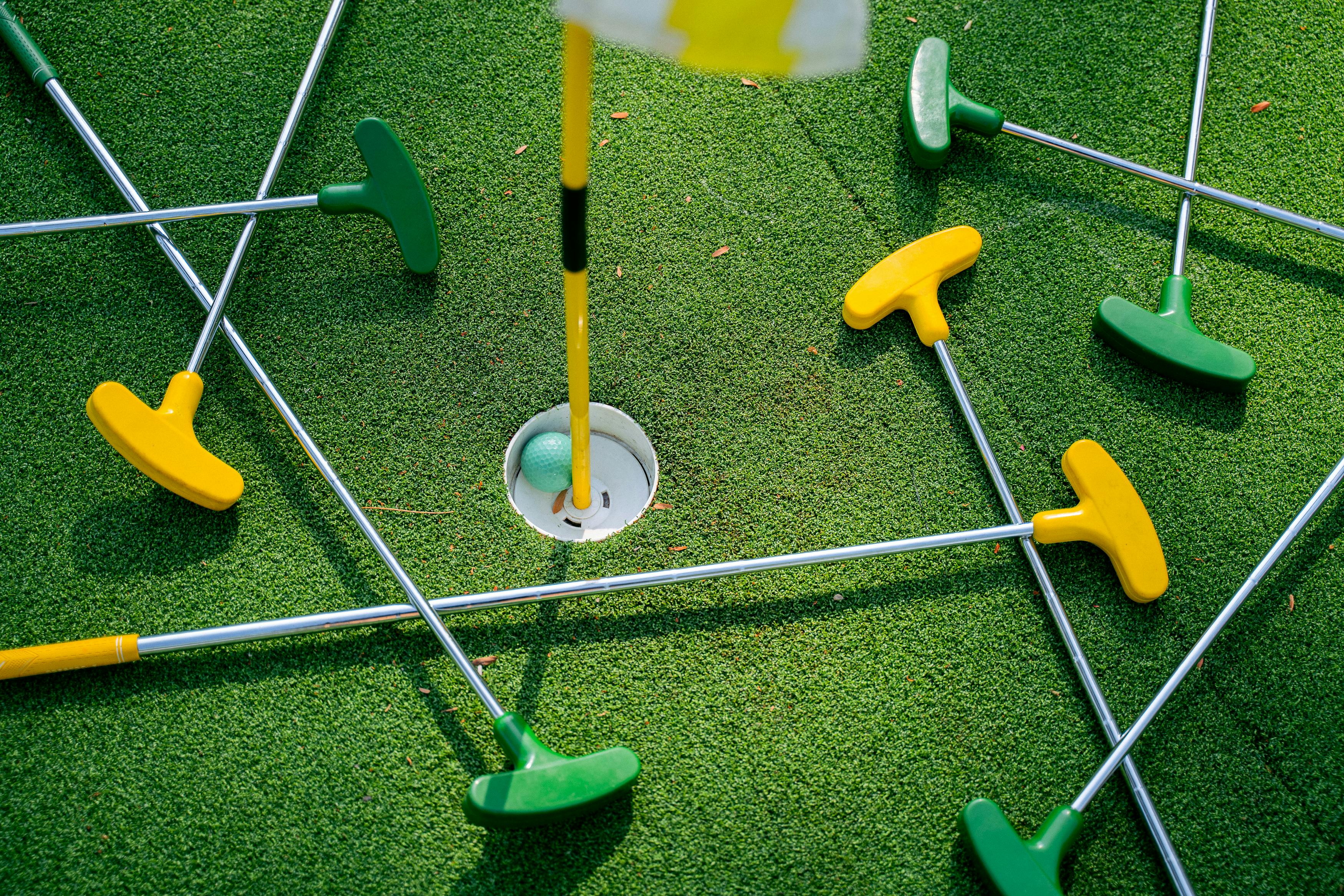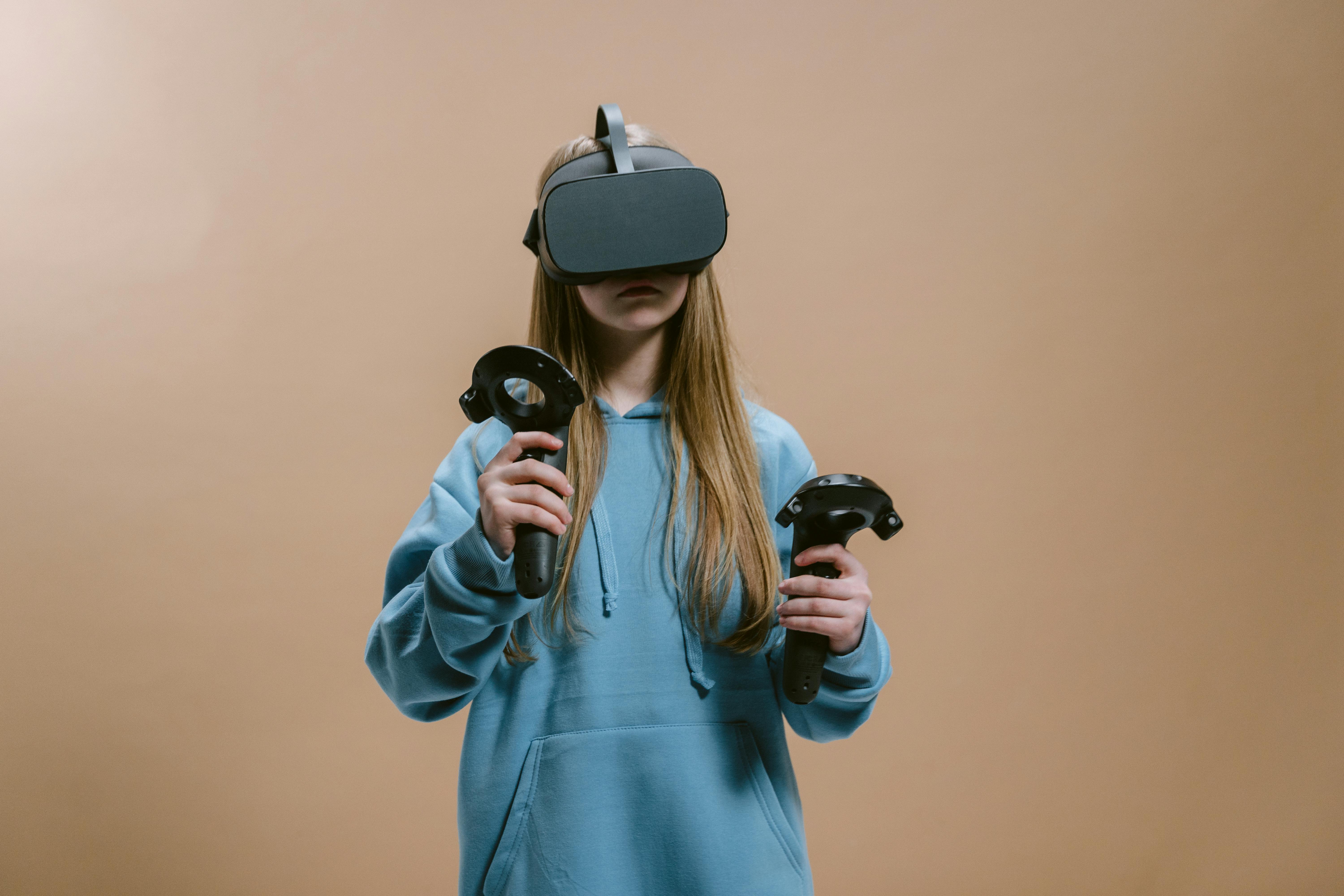The kidneys are the key organs that regulate systemic blood pressure. The kidneys are the bean-shaped organs found in the back of the abdominal cavity, located below the lower margin of the rib cage and the upper limit of the pelvic cavity. The two kidneys regulate blood volume, excrete acidic wastes, metabolize drugs, balance electrolytes, and produce hormones. Yes, the kidneys do much more than make urine. In Chinese medicine, the strength of the kidneys is even believed to control bones and fertility. In this article, I’ll focus on how kidney disease can cause or lead to untreatable high blood pressure.
Hypertension accelerates kidney failure. The opposite is also true. In physiology, it was always thought that diseased kidneys need high blood pressure to maintain tissue perfusion. This simply means that in order for the rest of the body tissues to continue to receive nutrients and oxygen through the blood, the kidneys must raise blood pressure. This is a natural survival mechanism that is incompatible with optimal health.
The renal vasculature is a low pressure bed. In other words, the kidneys are very sensitive to changes in blood pressure and tend to react with spasm of the renal artery (sclerosis) and increasing blood pressure through the renin-angiotensin-aldolsterone mechanism. Don’t let this put you off, I’ll explain.
Renin is the hormone secreted by juxtaglomerular cells in response to decreased blood volume, low potassium, low epinephrine, or decreased renal perfusion pressure. Renin then converts a 10 amino acid protein (packaged in the liver) called angiotensinogen into an 8 amino acid polypeptide called angiotensin I. Angiotension I is still inactive but is activated in the lungs by angiotensin converting enzyme (ACE) in active angiotension II. . Angiotensin II is a powerful vasoconstrictor. At the same time, renin also stimulates the adrenal glands (the adrenal glands) to secrete a hormone called aldosterone, which in turn stimulates the kidney nephrons to reabsorb salt and water to expand blood volume. All in an attempt to raise blood pressure.
Now, apart from atherosclerosis and sticky blood, the main cause of essential hypertension is glomerulosclerosis. The glomerulus is the filtering apparatus of the kidneys. Glomerulosclerosis is a fancy way of saying that the glomeruli are hardened with debris, fibrin clots (fibrosis), and acidic debris that clog the filters. As such, the pressure builds. The input is now more than the output. The tubules or nephrons also harden at the same time. We call this nephrosclerosis. Diabetes can also speed up this process as in diabetic nephropathy.
Keep in mind that before hypertension is diagnosed, half of the kidneys are gone. If your hypertension is accompanied by swollen legs, tiredness, and puffy eyes in the absence of heart failure, your kidneys must have been sick. The sad part is that kidney function tests like blood urea nitrogen and serum creatinine may still be normal at this time.
To avoid end-stage renal failure and associated hypertension, an ounce of prevention is always better than a pound of cure. Stop all kidney-damaging foods like junk, chunky, and devitalized food. Everything fried, processed foods, medications such as asprin, too much refined sugar, heavy metals (lead and cadmium), heavy animal proteins, coffee, and antihypertensives, especially diuretics.
To restore the kidney to normal before it is too late, you need to debride with an enzyme mix containing proteolytic enzymes such as nattokinase and serrapeptase. Kidney-friendly herbs such as milk thistle, uva ursi, parsley, corn silk and buchu. Raw fruits and vegetables also help restore vigor and kidney function without harmful prescription drugs. To get rid of heavy metals, it is chelated with EDTA, malic acid, vitamin C, N-acetylcysteine, magnesium, vitamin B6, CoQ10, and zinc.


